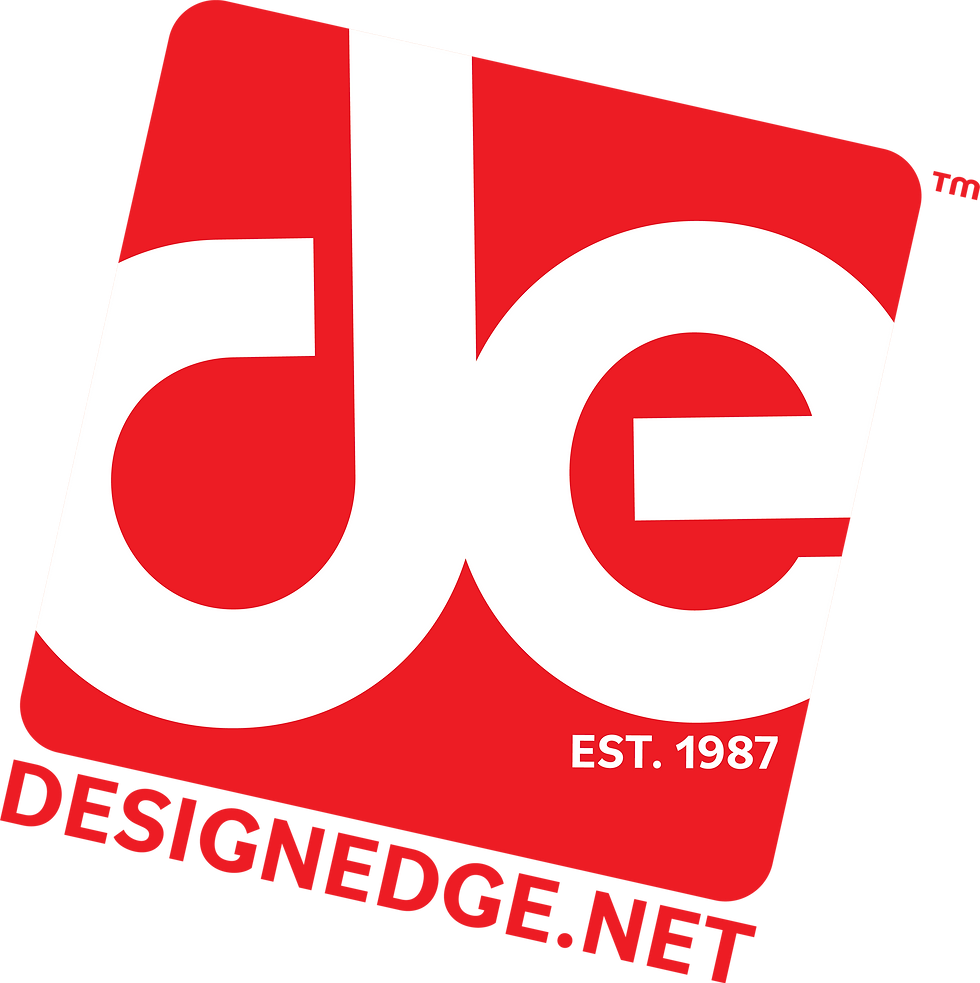Matt Nuccio Designs KSSB Toy Challenge
- Cassandra Munoz

- Jun 8, 2023
- 4 min read
Toys will be the challenge theme at the Kansas State School for the Blind event. On June 9th, teams will learn the full criteria before the clock starts at noon for the 2-day challenge.
President of Design Edge, Matt Nuccio, was called on to create the challenge. Matt was a mentor at the 5th national competition where toys was the topic and competitors had to build an original STEAM toy (or game) prototype.
For over 30 years, Design Edge has been a leader in the toy & game industry, and the go-to company for many of the world's largest toy companies. Matt grew up in the toy industry and his clients have included Mattel, Hasbro, Spin Master and Jakks Pacific.

Make48 is predicting a lot of unique ideas! Matt won’t be at the event, but he’s looking forward to seeing the prototypes and marketing videos the teams create after the judging. “All children should be free by nature to play, as play is their inherent and inalienable right, but more so, the mark of a great toy and game is inclusionary fun.” Matt said. “I’m looking forward to what is to come from this amazing challenge."
Toys play a crucial role in the development and learning of children and representation is very important, even in toys and games. Inclusivity in the context of toys, ensures that they are designed, marketed, and accessible to all children, regardless of gender, abilities, race, socioeconomic background and including those who are visually impaired.
While visually impaired children may experience the world differently, there are several ways in which toys can be designed or adapted to provide meaningful and inclusive play experiences.
Here are some considerations for toys and activities for visually impaired children:
Tactile Exploration: Toys that incorporate various textures, shapes, and sizes can engage a visually impaired child's sense of touch. Tactile toys, such as Kinetic Sand are one of those great sensory play materials that just begs to be touched and manipulated. Other examples such as; textured balls, puzzle pieces, or sensory boards, can help develop their fine motor skills and spatial awareness.
Auditory Stimulation: Toys that produce sounds or music can provide auditory stimulation and enhance the play experience. Musical instruments, sound puzzles, or toys with buttons that produce sounds can engage a visually impaired child and help them develop aural discrimination skills.
Sensory Toys: Toys that engage multiple senses simultaneously can be beneficial. For example, toys that light up, vibrate, or emit different sounds when touched can provide a multi-sensory experience for visually impaired children.
Braille or Large Print: Toys that incorporate braille or large-print labels can help visually impaired children learn to read and develop literacy skills. Board games, books, or building blocks with braille or large-print instructions or labels can be useful.
Adaptive Toys: Some toys can be adapted or modified to make them more accessible to visually impaired children. For example, adding tactile elements, high-contrast colors, or auditory cues to existing toys can enhance their play value.
Cooperative Games: Cooperative games that promote teamwork and social interaction can be enjoyable for visually impaired children. These games often rely on verbal communication, turn-taking, and collaborative problem-solving, providing opportunities for inclusive play experiences.
Imaginative Play: Encouraging imaginative play can help visually impaired children develop their creativity and problem-solving skills. Providing props, such as dolls, figurines, or playsets that are tactile and easily manipulated, can support imaginative play experiences.
Assistive Technology: There are specialized toys and devices available that use assistive technology to enhance the play experiences of visually impaired children. These can include audio games, talking toys, or electronic devices that provide auditory feedback or descriptions of the toy's features.
Accessible Game Design: Game designers can create inclusive games by incorporating accessible features, such as audio cues, tactile markers, or alternative formats for game instructions. This ensures that visually impaired children can fully participate in and enjoy the game.
While there is no promise that innovation from this event advances, this is a fantastic opportunity and experience for anyone, regardless of age or experience. After the competition wraps up, Matt and his Design Edge team will review the ideas via sales sheets and marketing videos. Last year the teams hit a home run for the ‘Chickens in the Kitchen’ challenge, and we know this year’s teams will follow in their footsteps and create some brilliant ideas!
Learn more about this event at https://www.make48.com/kansas-school-for-the-blind
About Design Edge:
Design Edge is your one-stop shop for bringing toys and games to market. For over 30 years, Design Edge has been a leading toy, game, and collectable development, marketing, manufacturing and consulting agency. They offer top notch product design, consulting, branding, packaging, displays, engineering, marketing, advertising, as well manufacturing and sourcing.
Design Edge is a laboratory for new and creative approaches, from traditional styles to the latest trends, with a creative and knowledgeable team who knows how to transform an idea from its concept stage, through its development, all the way to retail. Design Edge is the backend support to dozens of international toy companies both big and small and is well-equipped to help bring any company to the next level.




Comments